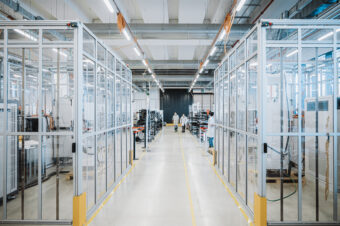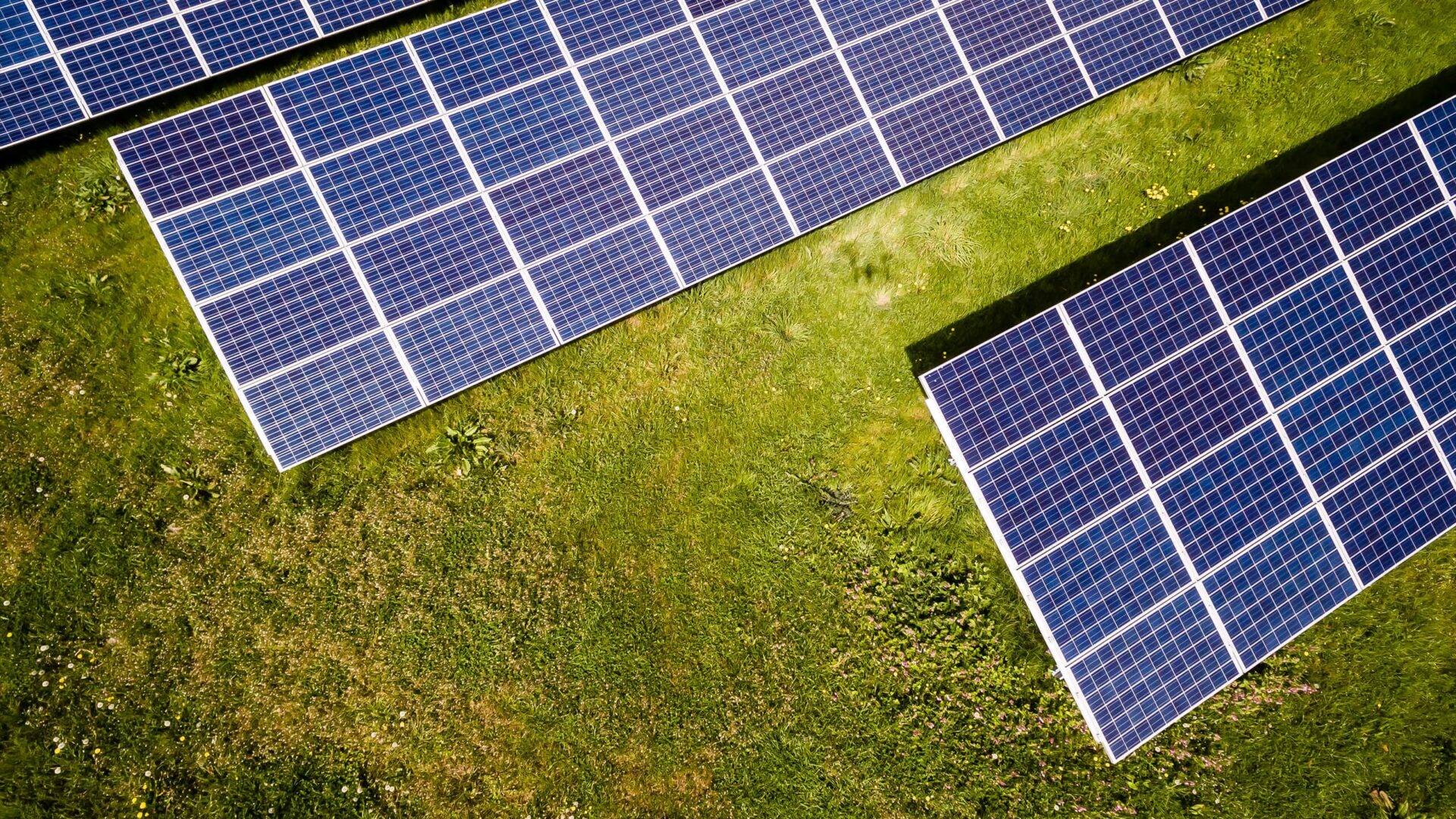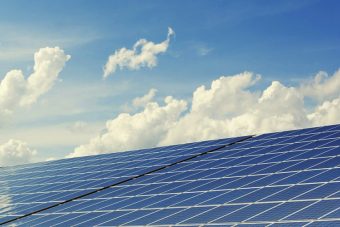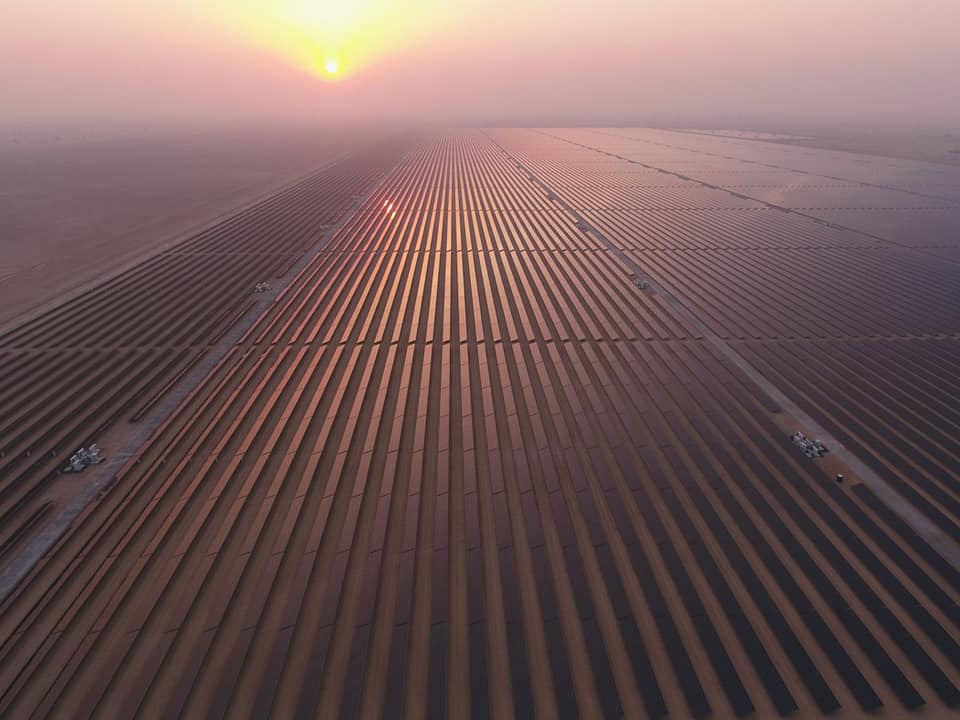
ABB E-mobility has today strengthened its position as the world leader in EV charging solutions with the opening of the company’s largest DC fast charger production site to date – the E-mobility Centre of Excellence in Valdarno, Tuscany.
The full range of ABB DC charging solutions will be produced at the site, supporting the electrification of all transport sectors and exemplifying ABB E-mobility’s commitment to building a zero-emission future with smart, reliable charging solutions for electric vehicles.
Having already sold in excess of 680,000 EV chargers across more than 85 markets, ABB E-mobility’s $30 million investment in the new Valdarno facility means it has now more than doubled its production capacity over the last two years, with the opening of the new 16,000m2 Valdarno plant enabling the creation of more than 10,000 additional DC chargers a year.
Frank Mühlon, CEO of ABB E-mobility, said: “The opening of our new Valdarno facility demonstrates ABB E-mobility’s commitment to building a zero-emission future. In addition to increased production capacity, the investment made in Valdarno helps to expand our innovative R&D activity, ensuring we can continue to cement our reputation as the world leader in electric vehicle charging solutions, delivering future proof e-mobility solutions for the vehicles of today and tomorrow.”
More:
The new state-of-the-art manufacturing site sets a new benchmark for the sector, producing one DC fast charger every 20 minutes thanks to its seven production lines. 15 testing facilities are able to simulate over 400 charging sessions per day, while integrated automation solutions connect the shopfloor to the innovative automatic warehouse, ensuring optimized stock control, full traceability and efficient operations, supported by AGVs and handling vehicles.
In addition, the new facility will support ABB E-mobility’s continued drive to innovate. Having invested 14 percent of 2021 revenues into R&D, the Valdarno location will house a 3,200m2 space for development and prototyping. Here, around 70 of the site’s 500-plus employees will be dedicated to implementing innovative solutions, new software, and product life cycle management tools to fully integrate R&D activities with manufacturing. ABB E-mobility employs more than 350 R&D experts globally and has a portfolio of over 350 granted patents.

The Valdarno facility also aims to achieve gold level LEED certification – the globally recognized independent standard for the design, construction and operation of eco-friendly buildings. Rainwater is collected for irrigation use, 100 percent of production waste is recycled, and the entirety of the energy needs are met by certified renewable sources – including a photovoltaic system delivering 720MWh of electricity and preventing 338 tons of CO2 per year.
The site’s electrical distribution is also optimized thanks to ABB Ability Energy and Asset Manager, a platform that monitors and efficiently manages over 9,000 devices throughout the facility – including thermal regulation, lighting and air handling units – resulting in a potential energy saving of 60 percent in comparison to traditional solutions.
Through its sustainability strategy 2030, ABB has committed to enabling a low carbon society by supporting customers in reducing their CO2 emissions, while also achieving carbon neutrality across its own operations. With transportation accounting for up to 29 percent of total greenhouse gas emissions, the development and production of smart, reliable charging solutions in Valdarno will enable a swift environmental transition towards more efficient electric vehicles of any range: from cars to buses and to heavy vehicles.
ABB (ABBN: SIX Swiss Ex) is a leading global technology company that energizes the transformation of society and industry to achieve a more productive, sustainable future. By connecting software to its electrification, robotics, automation and motion portfolio, ABB pushes the boundaries of technology to drive performance to new levels. With a history of excellence stretching back more than 130 years, ABB’s success is driven by about 105,000 talented employees in over 100 countries.
Source: ABB































